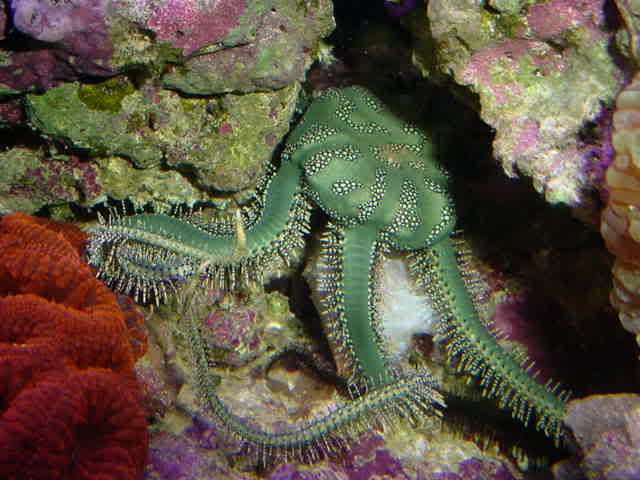You can definitely have more than one and rarely is tank size an issue..I had 5 in a 15g tank. In the wild, they are commonly found under the same rock (10 or more). I don't recommend 10 for most people, but an additional one is not an issue.
They are not by nature algae eaters. Some are scavengers, some are deposit feeders, some are filter feeders, some are predators and most are opportunistic. Meaning they will employ many methods to catch food. I strongly encourage spot feeding as we tend to have lots of "clean up animals" in the tank and there is sometimes not enough food to go around. I recommend feeding a variety of foods to them, meaty or otherwise, but diversity is important. Mine are interested in the "smell" of algae sheets but have never eaten them. They lose interest in the quickly. I suggest shrimp pellets, shrimp, silversides, krill, algae wafers, flakes, pellets...diversity. Some foods you can place near them, some you may need to put on a skewer and hand to them. Some brittlestars will take this eagerly, some will not take to spot feeding at all.
I DO NOT suggest keeping the green brittlestar. It is a known predator, and I am a bit tired of hearing how they ate this or that


I keep three, but they are by far the most aggressive. I have not lost anything that I know of - not all will eat a fish or shrimp, but they have the potential to do so. For that matter, I suppose ANY species has the POTENTIAL to do so, but it is impossible to determine whether they will or not. Just the green is most likely to cause issues.
Brittlestars (serpentstars are the same thing) are sensitive to water quality and care should be taken to keep the conditions very good. Specific gravity, pH, and calcium/alk are critical factors for them.
Keep in mind that many brittlestars hide entirely and this is normal. They are more typically nocturnal...some will adapt to being more "in the open" during the day, but in the wild they are most active at night.
Though brittlestars do not have a "brain," care should be taken not to impose our understanding of a "brain." It is clear that brittlestars have EXTREMELY advanced sensory structures (most of the animal could be described as an eye as they have thousands of optically perfect lenses in the plates of their arms - superior to what we can make). It is unclear how they can process the information from these...it is possibly likely that they do not function as a centralized system with a "brain" but more as a network system. Any arm of the animal can take over complete control at any time. This is not a simple thing. They have exceptional chemosensory abilities as well (smell).
If you click on my name, you can find my website on brittlestars



